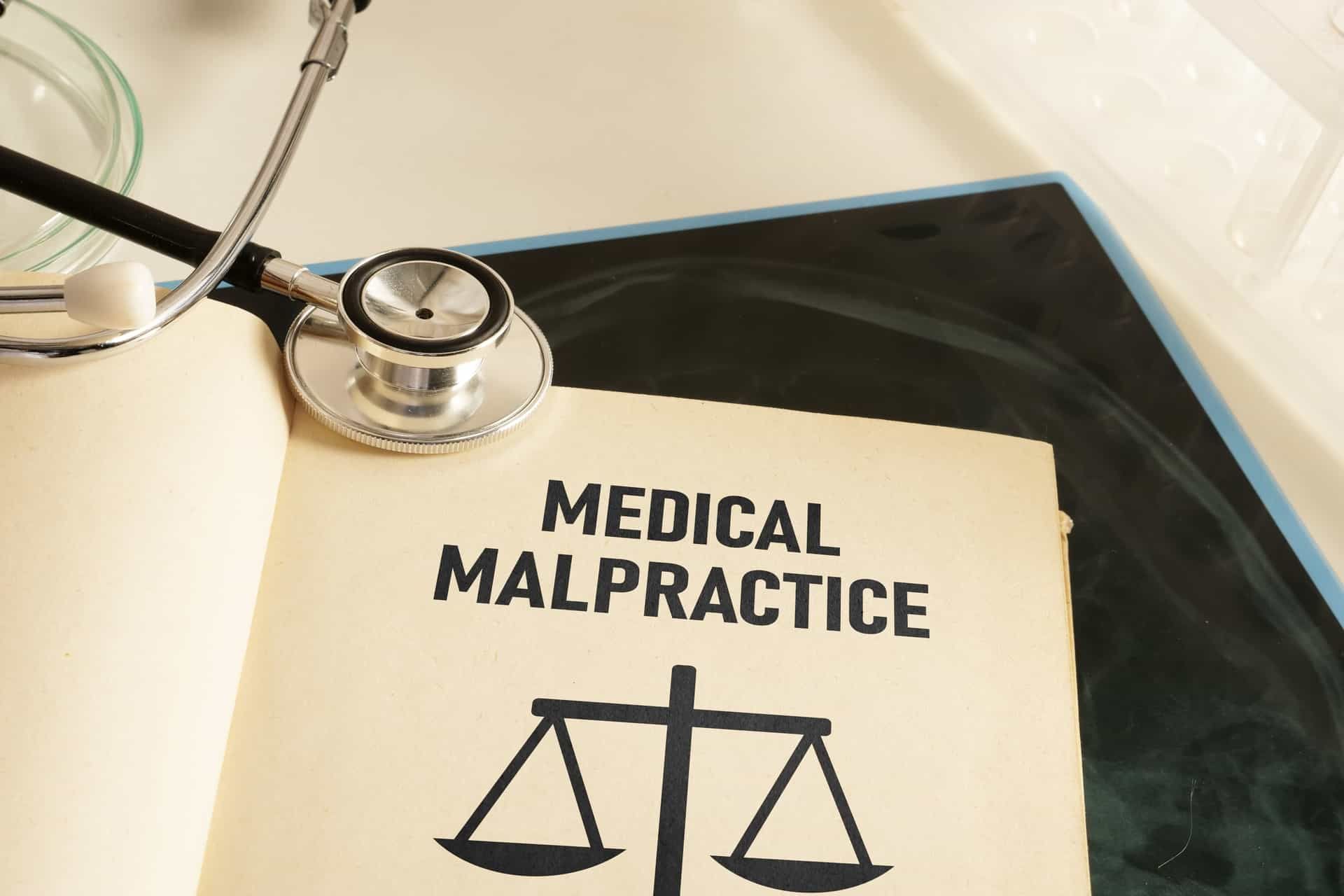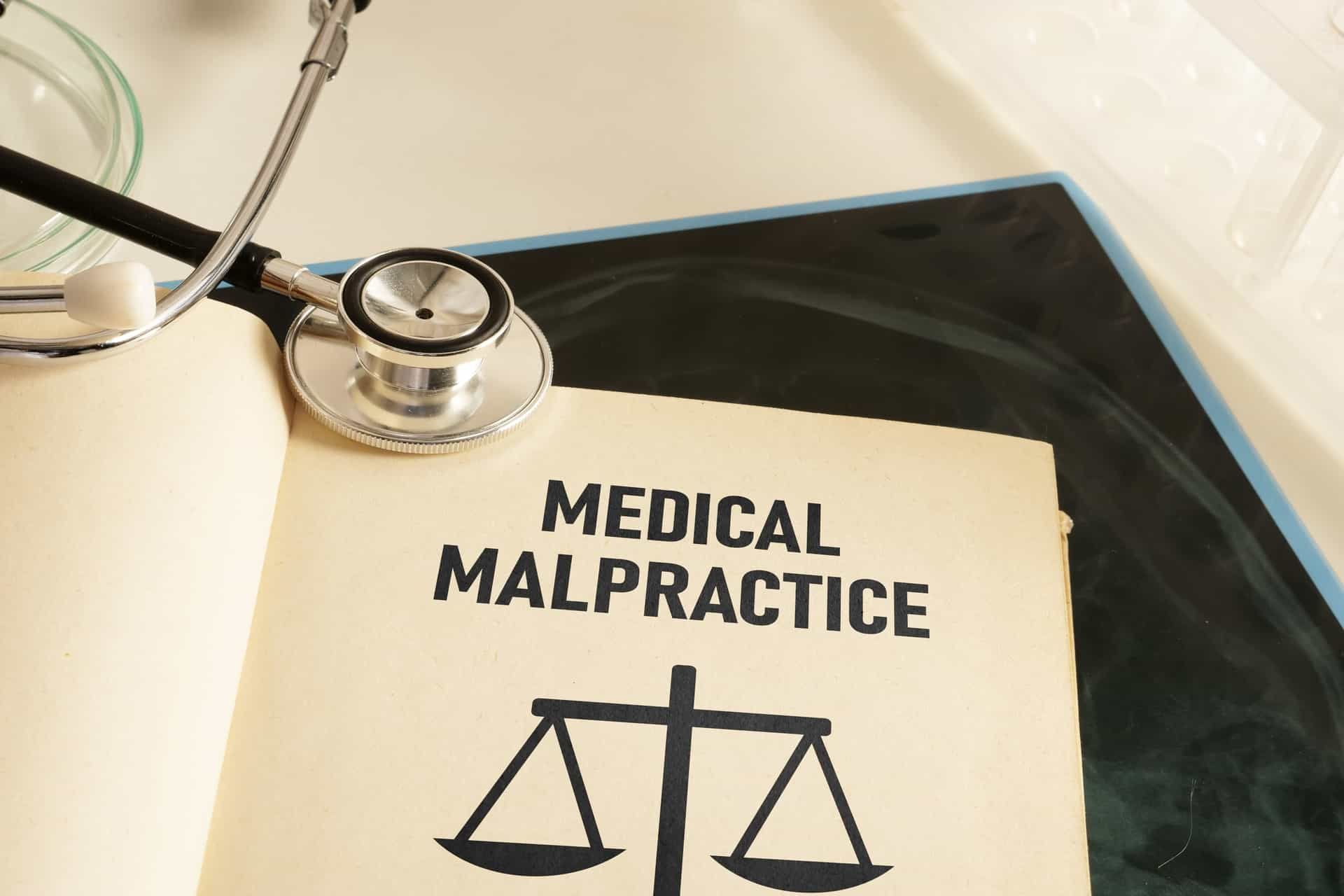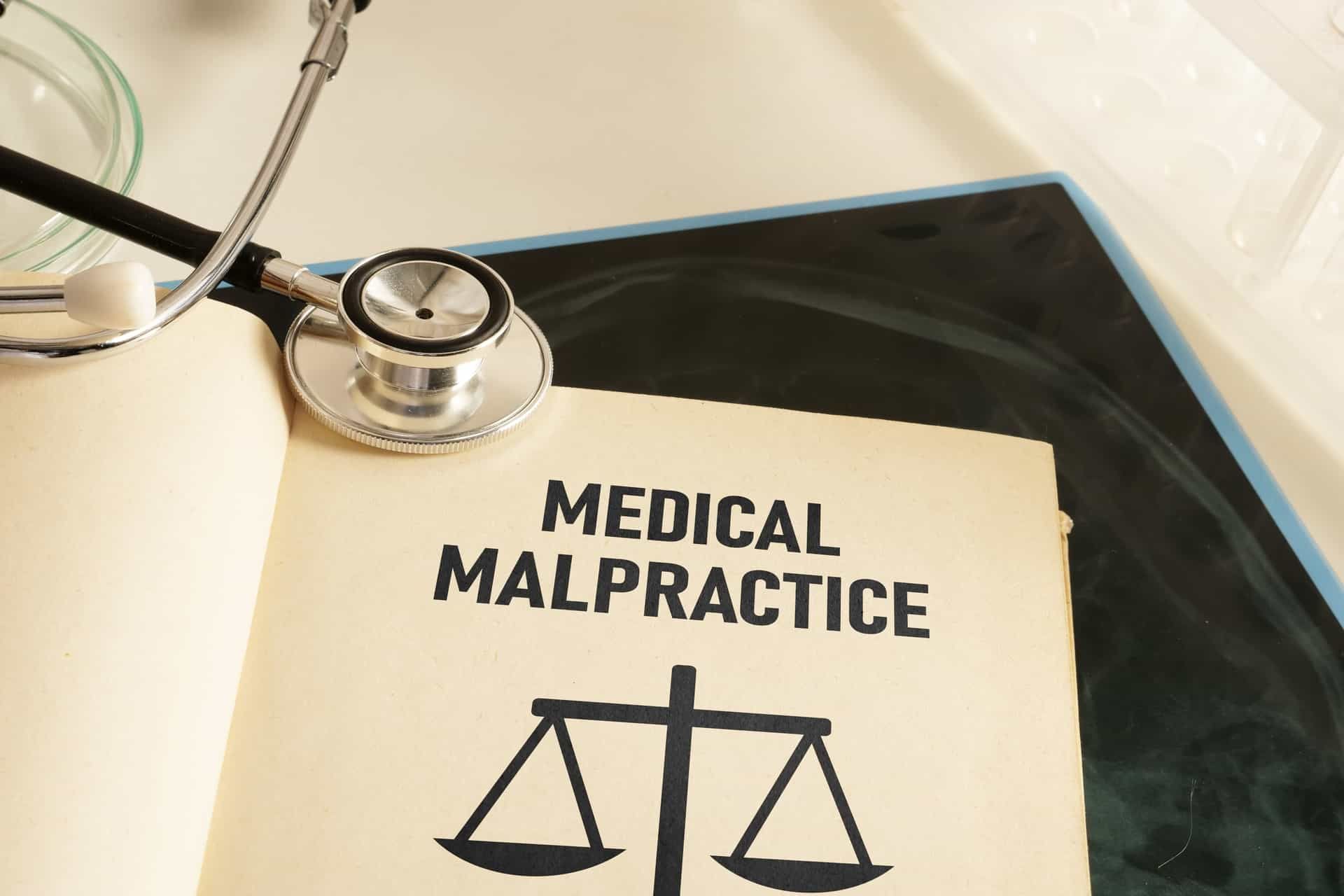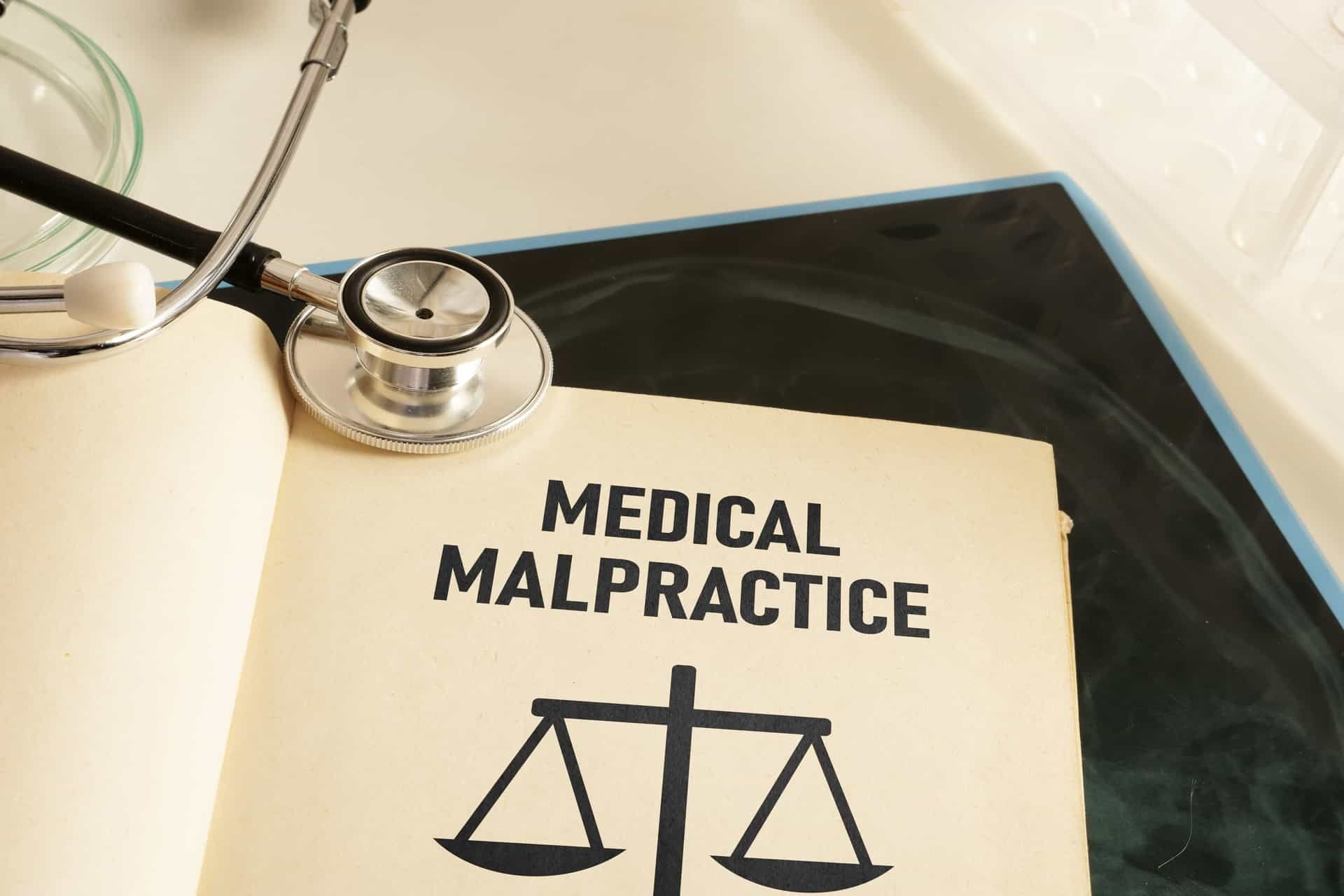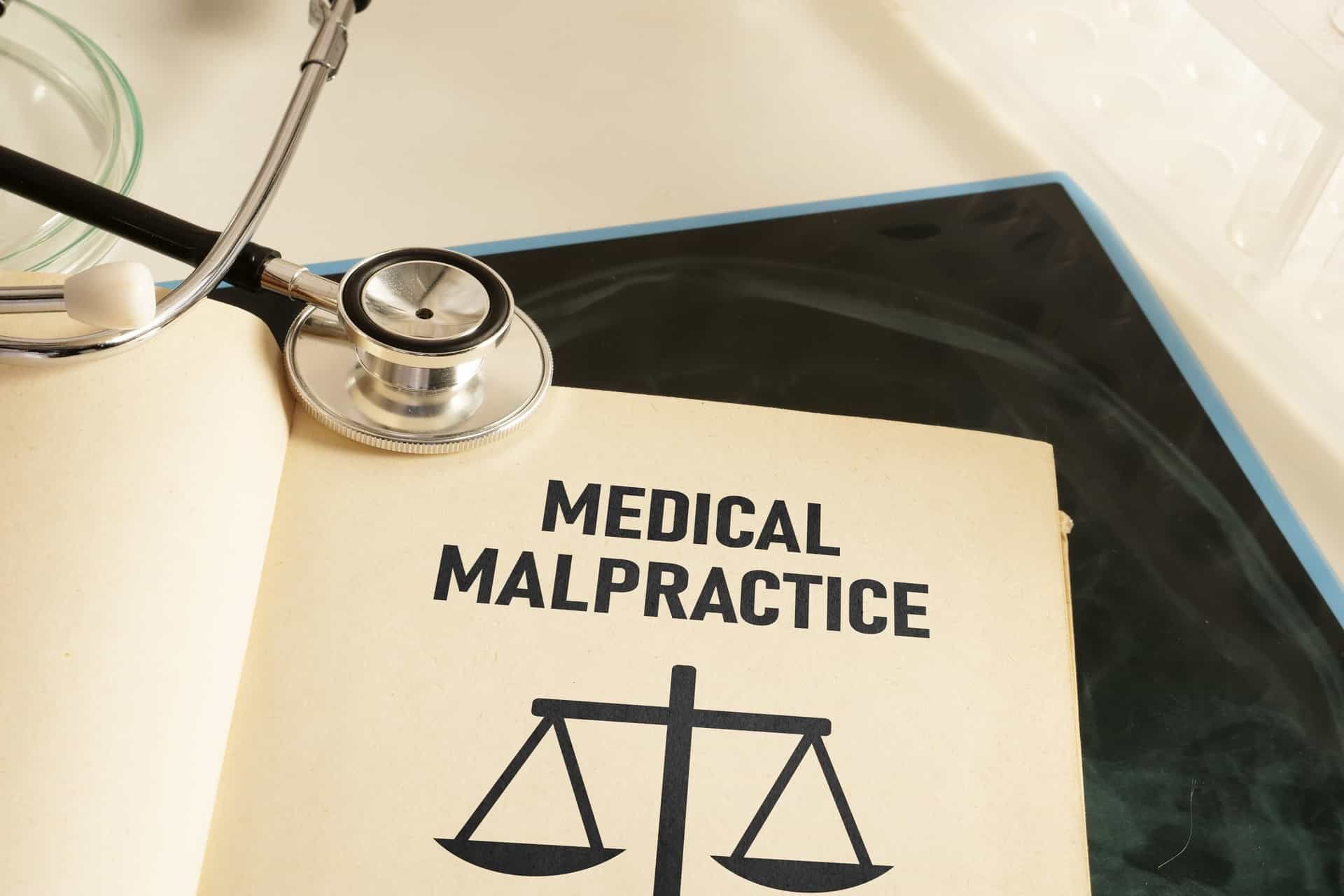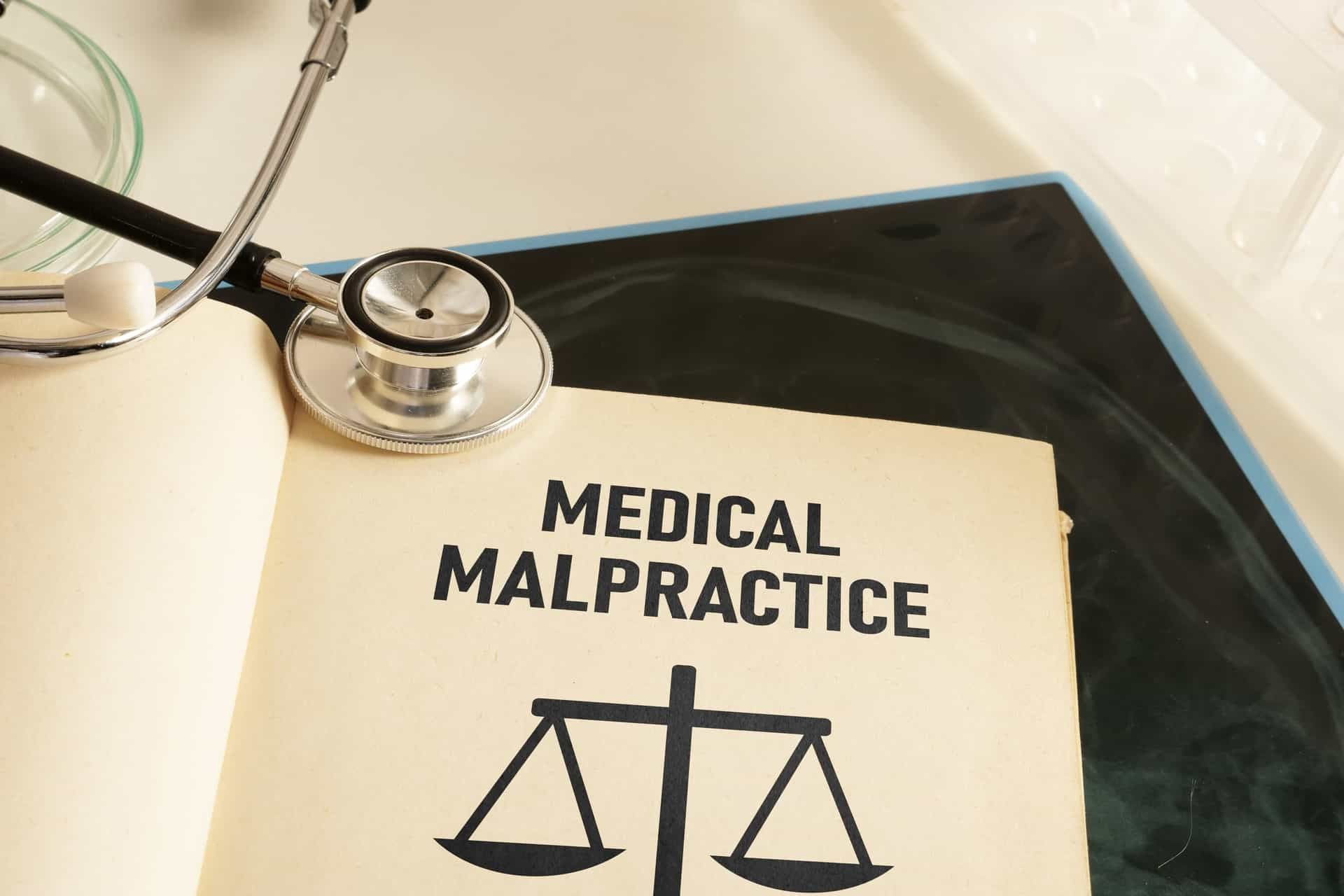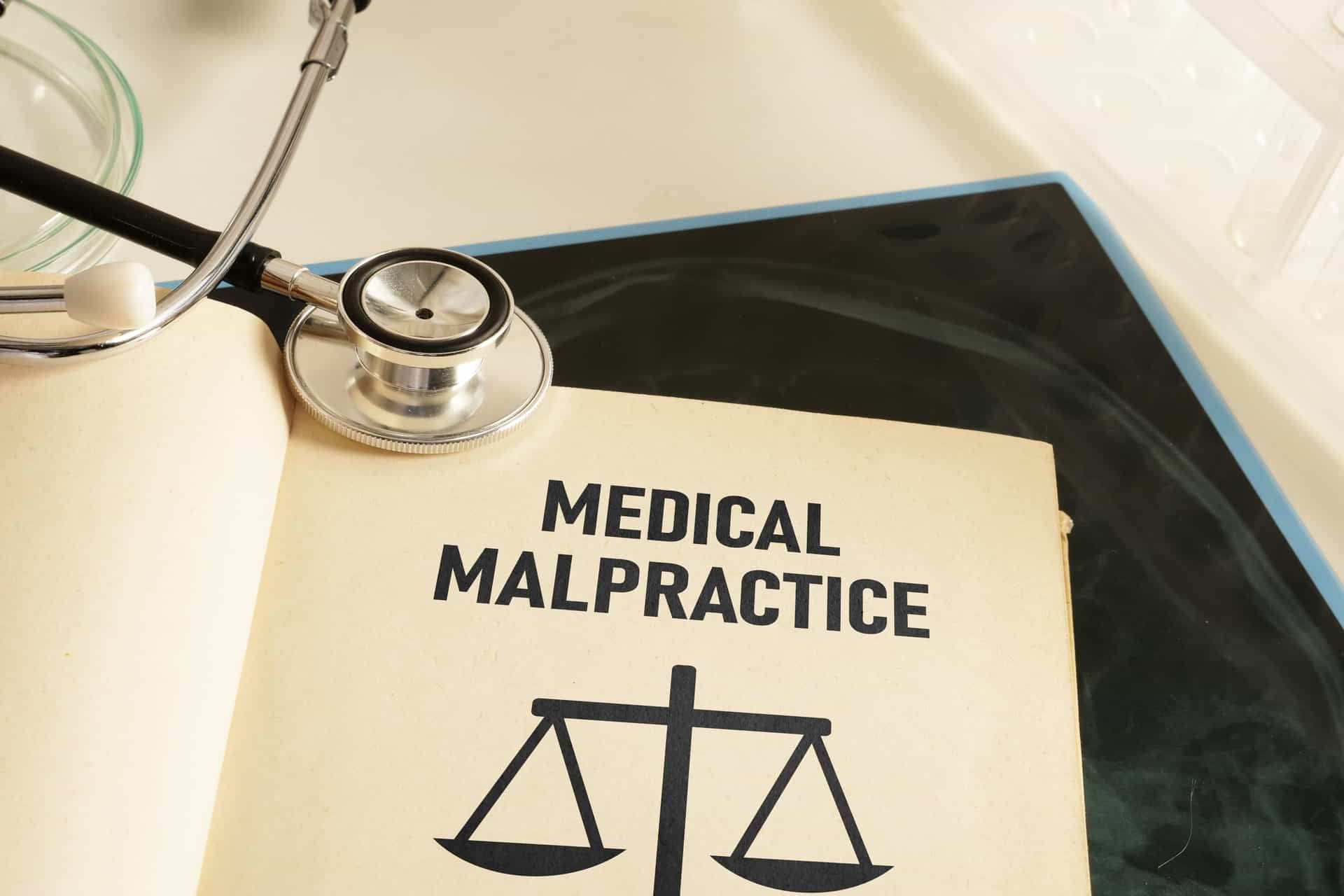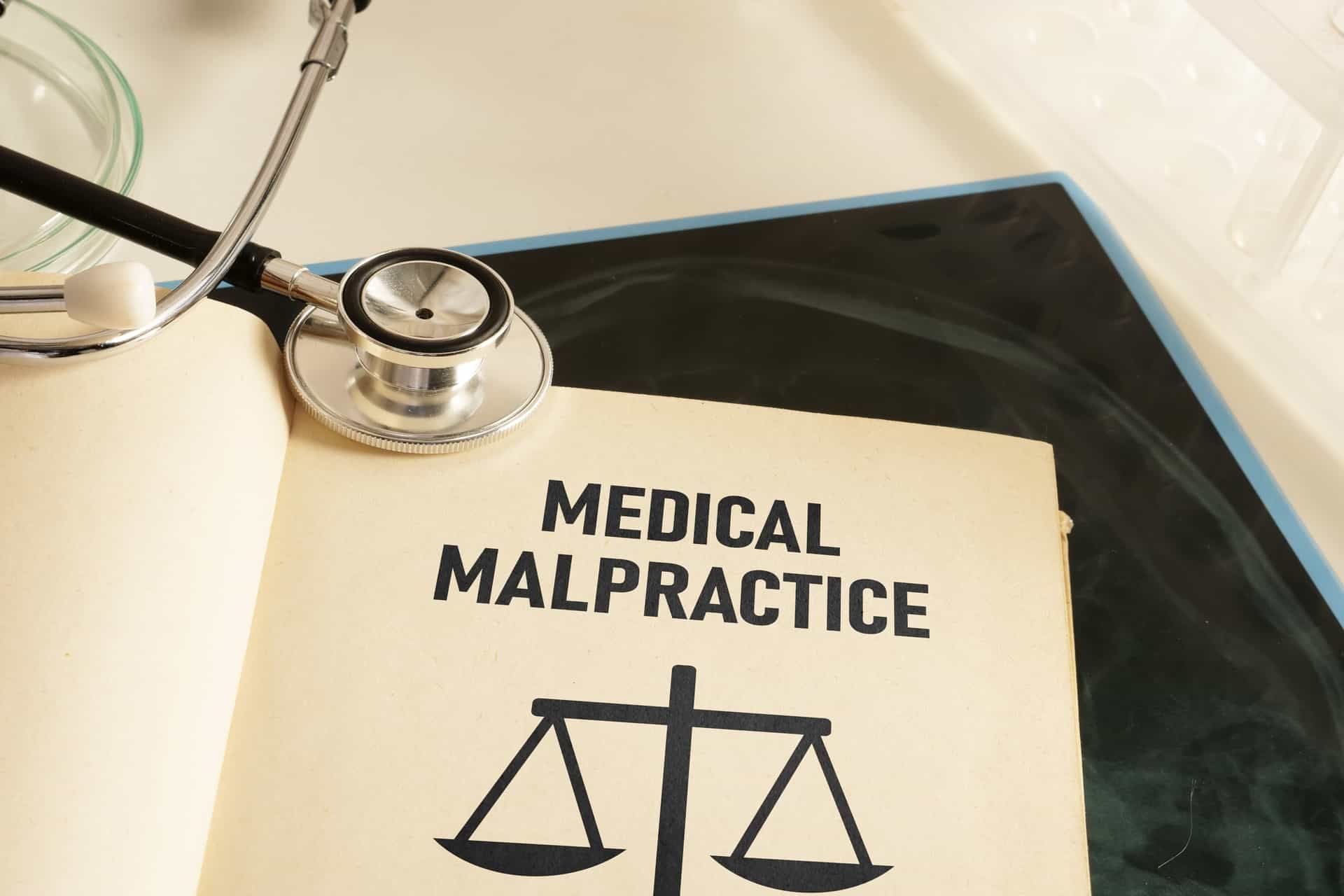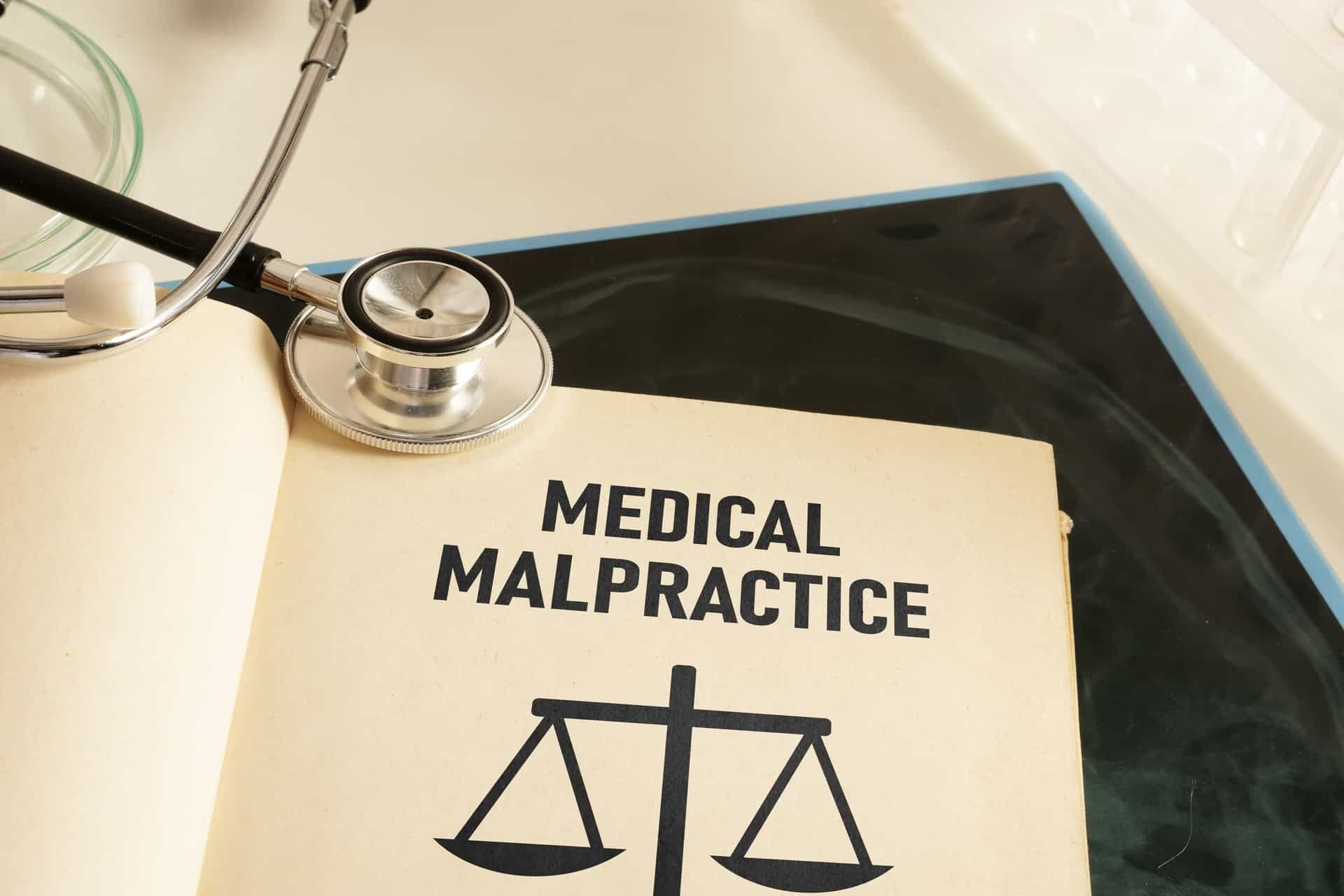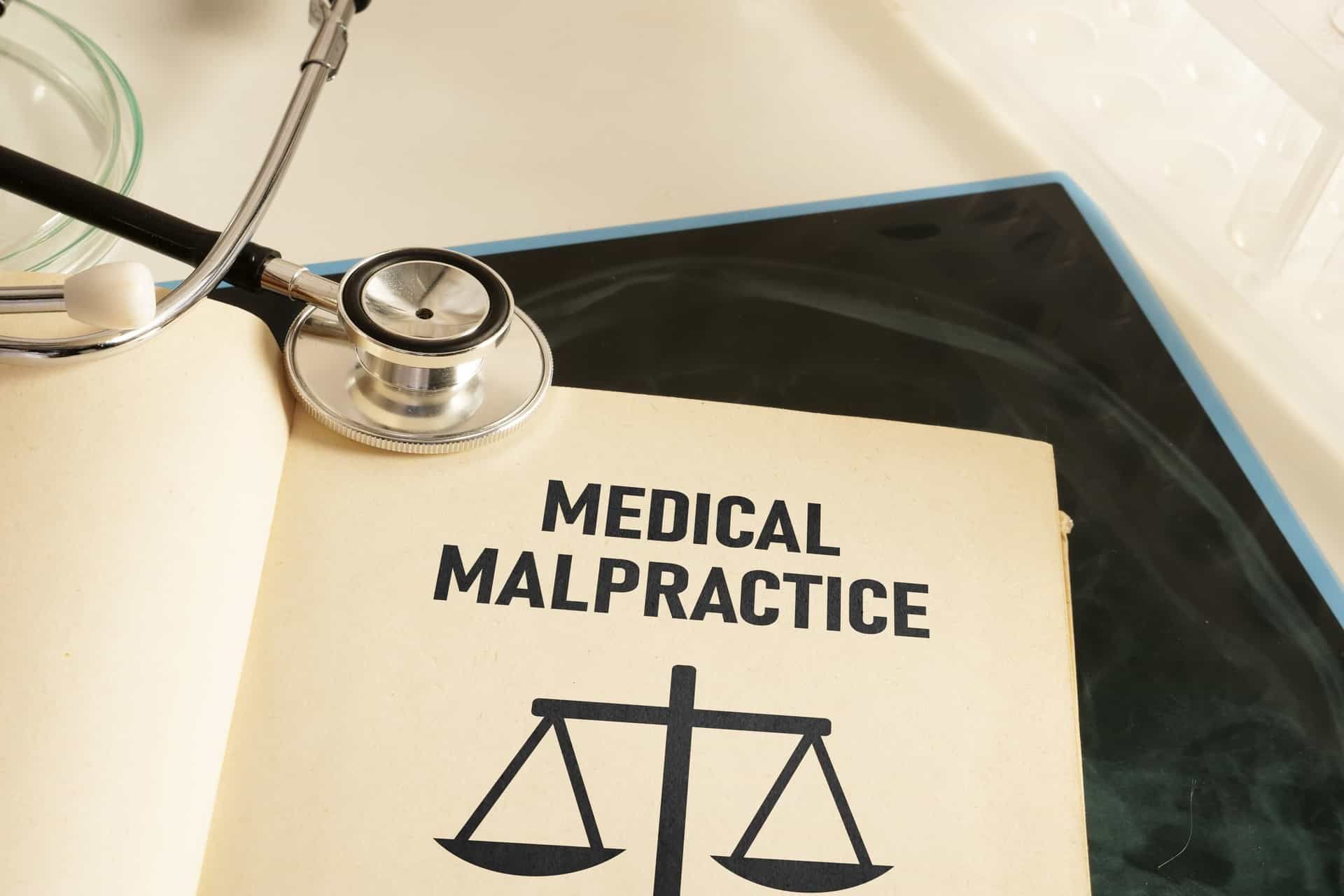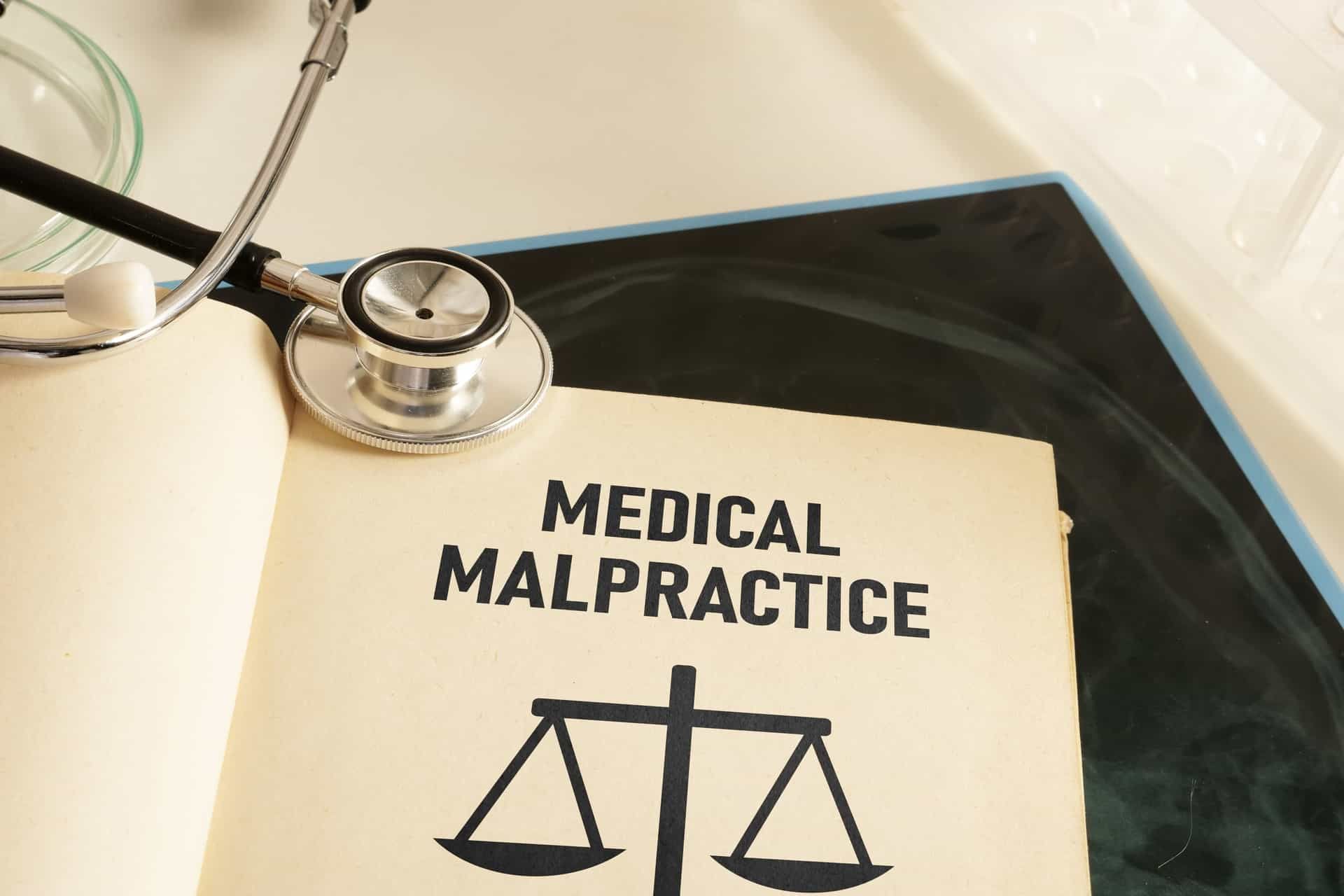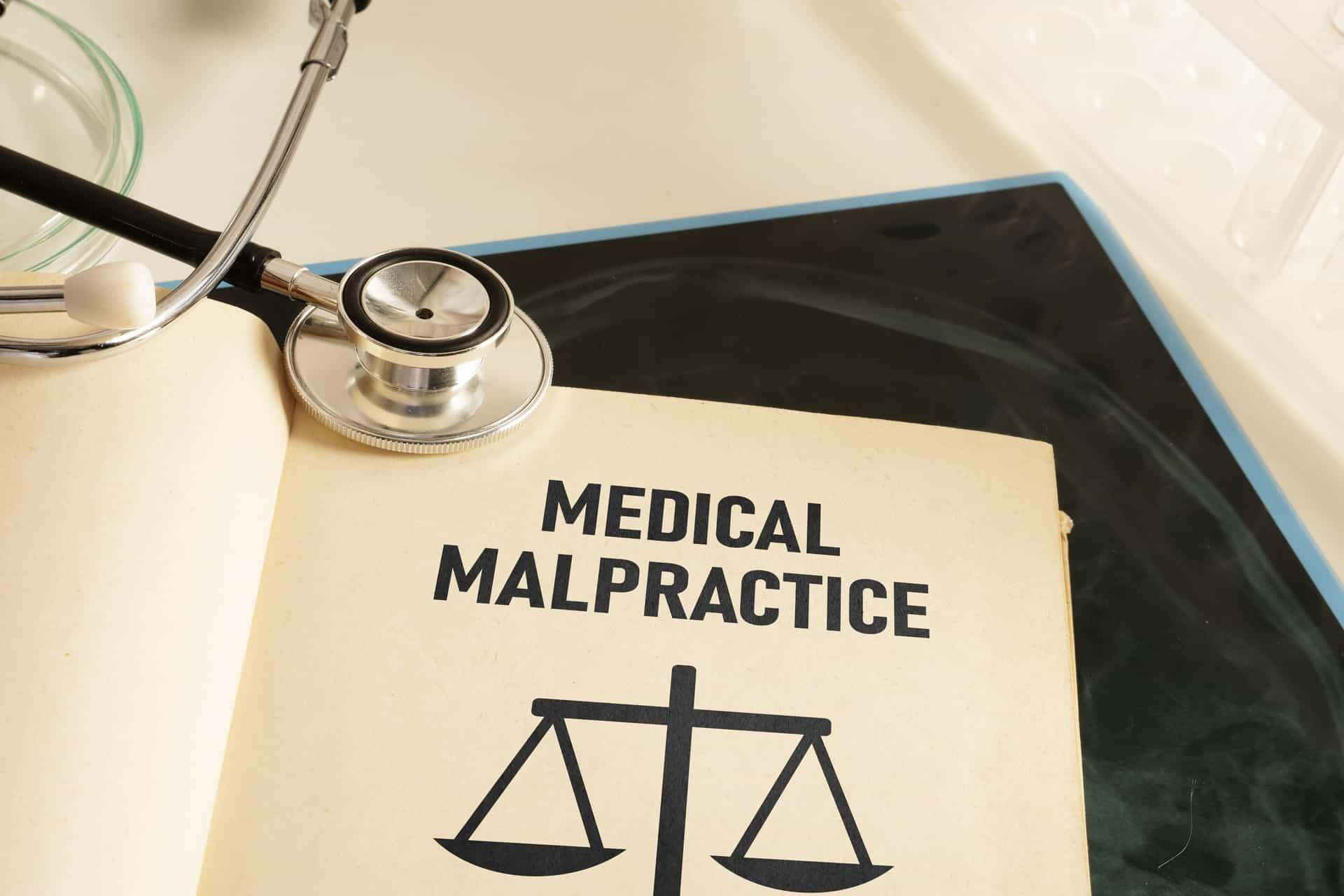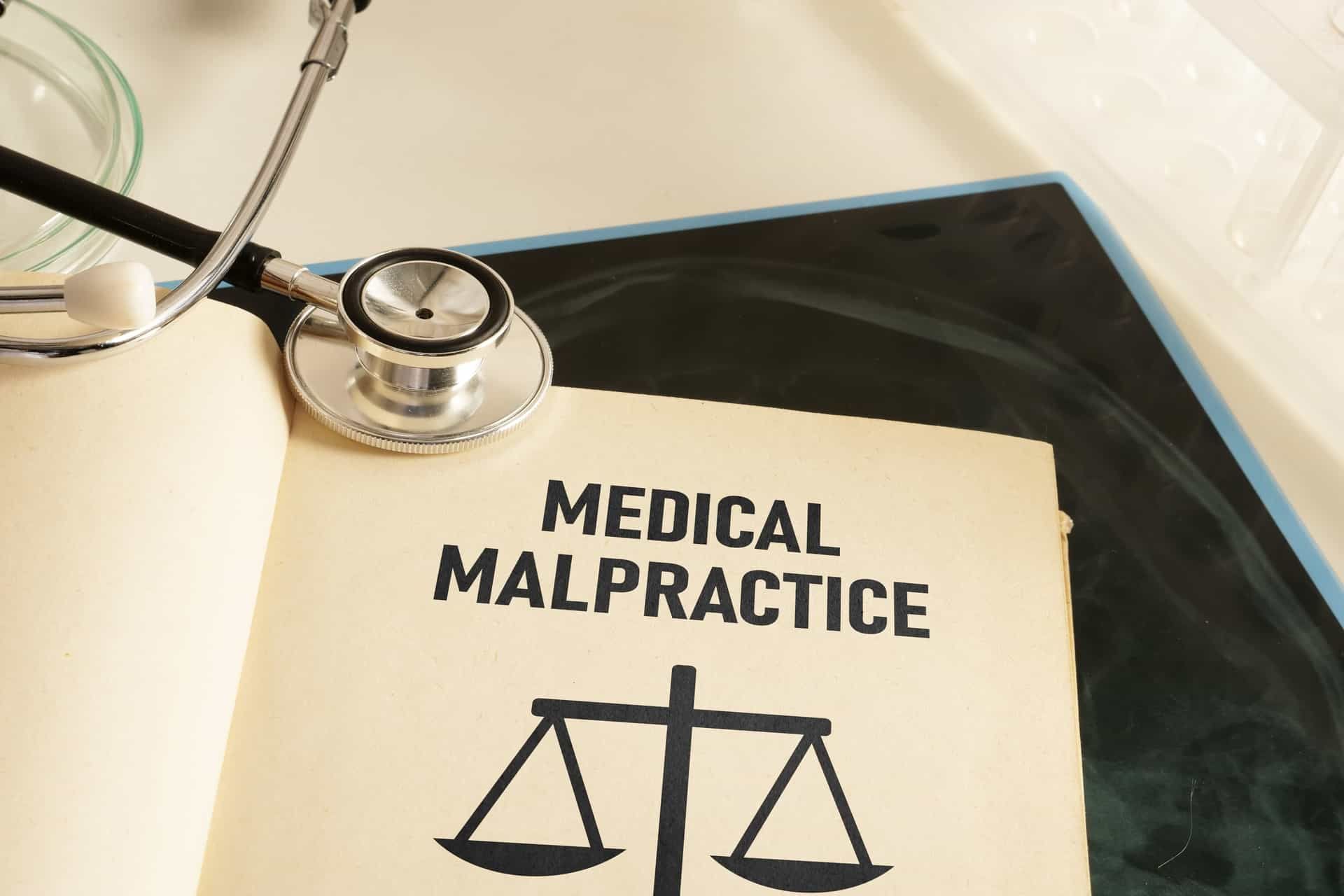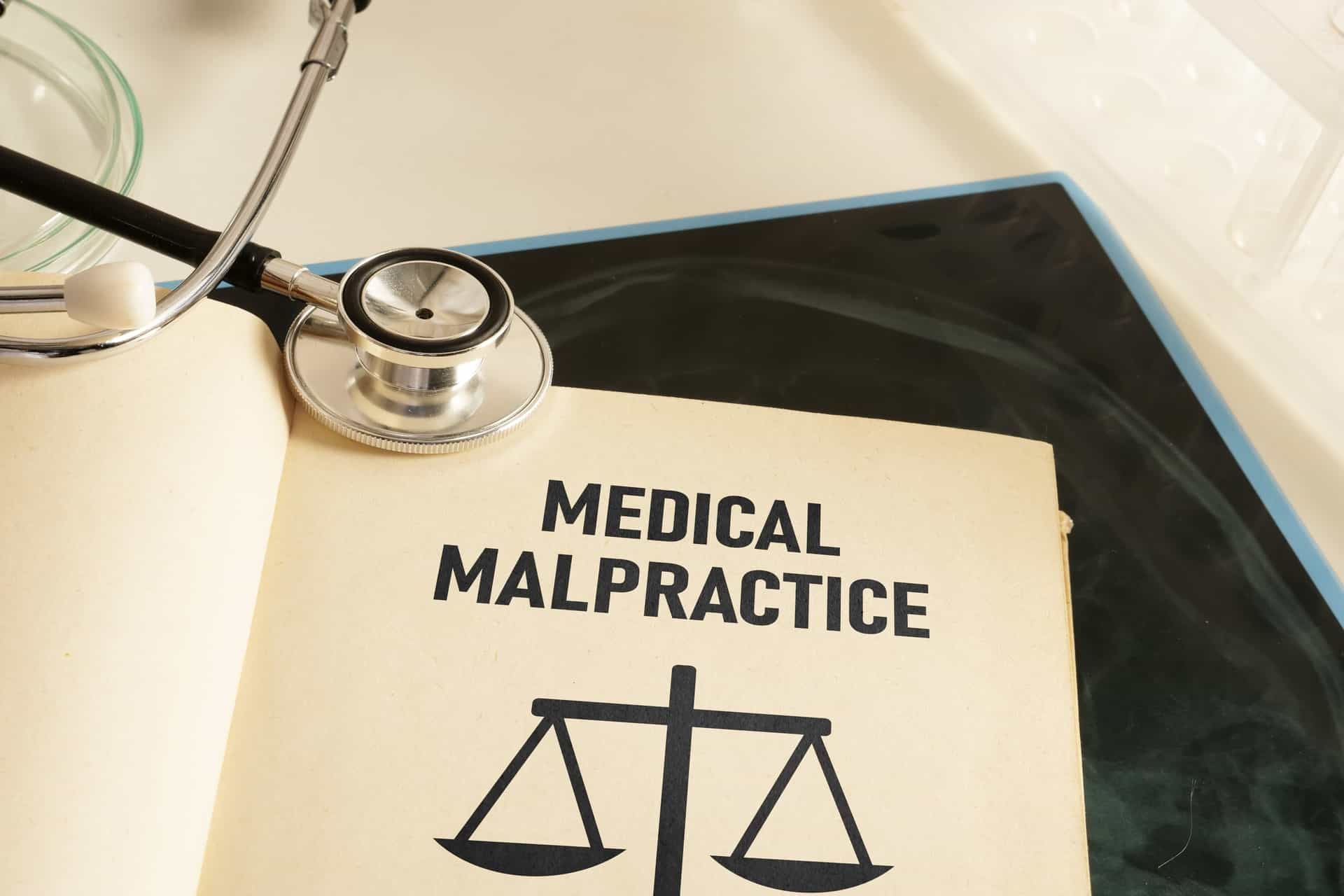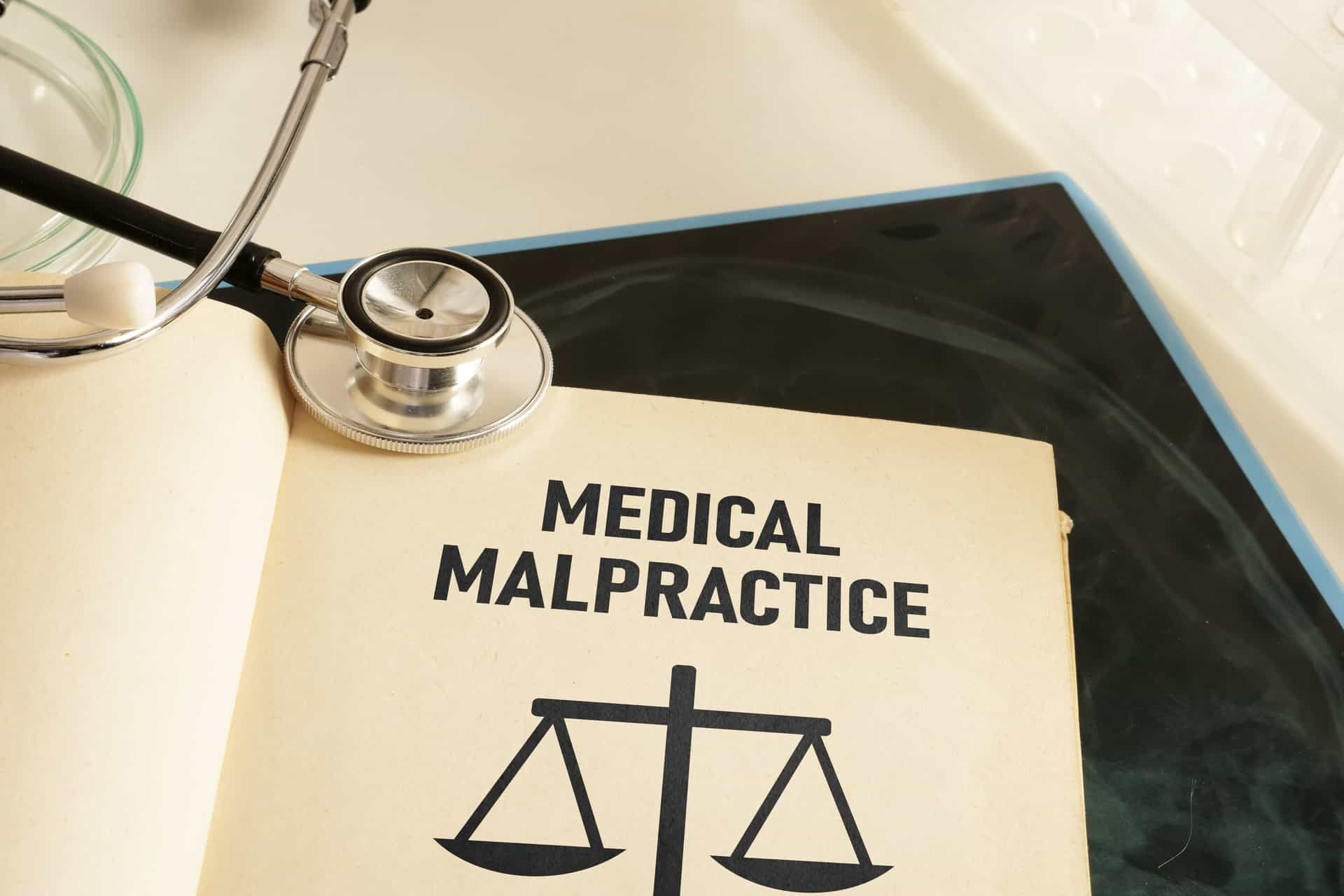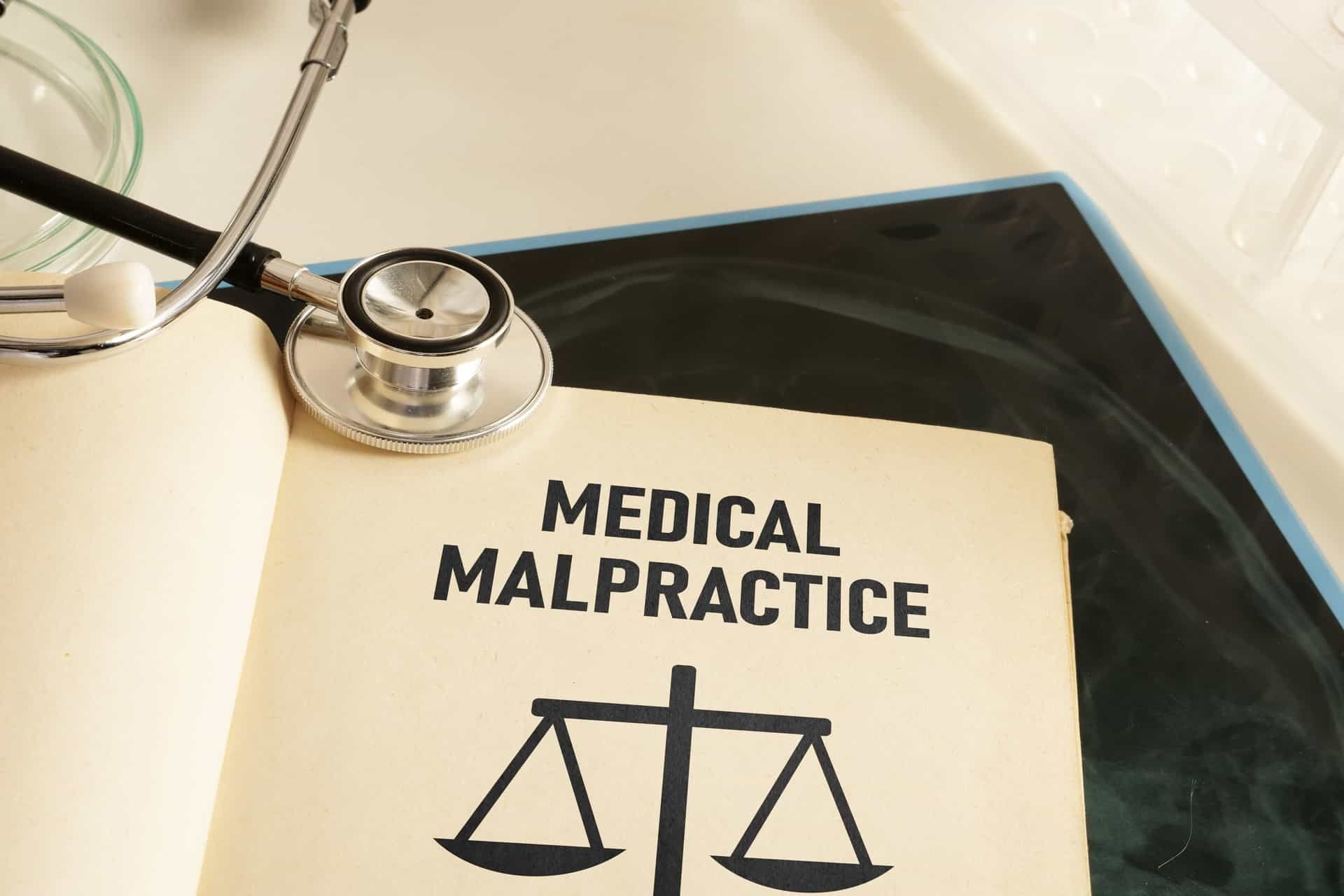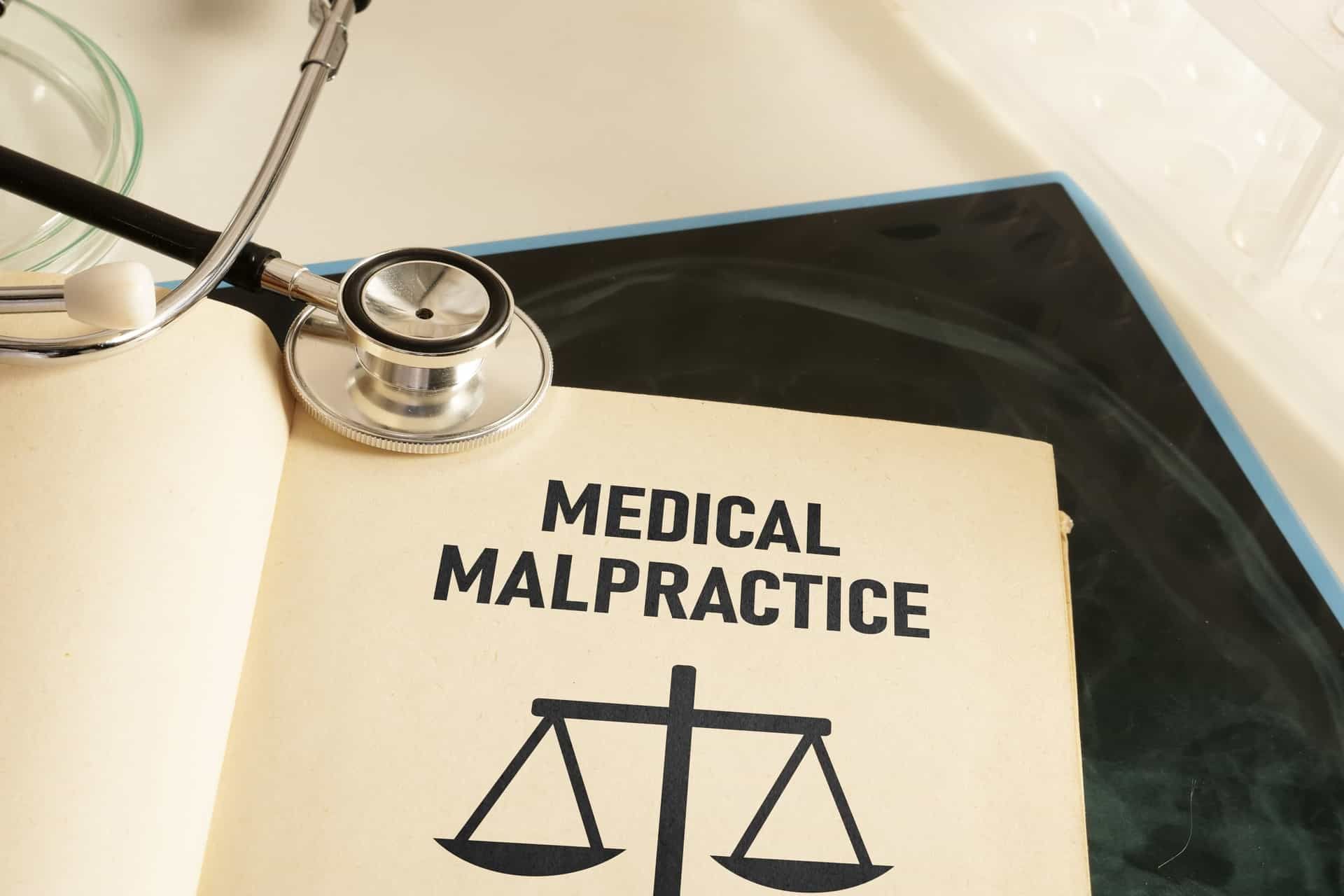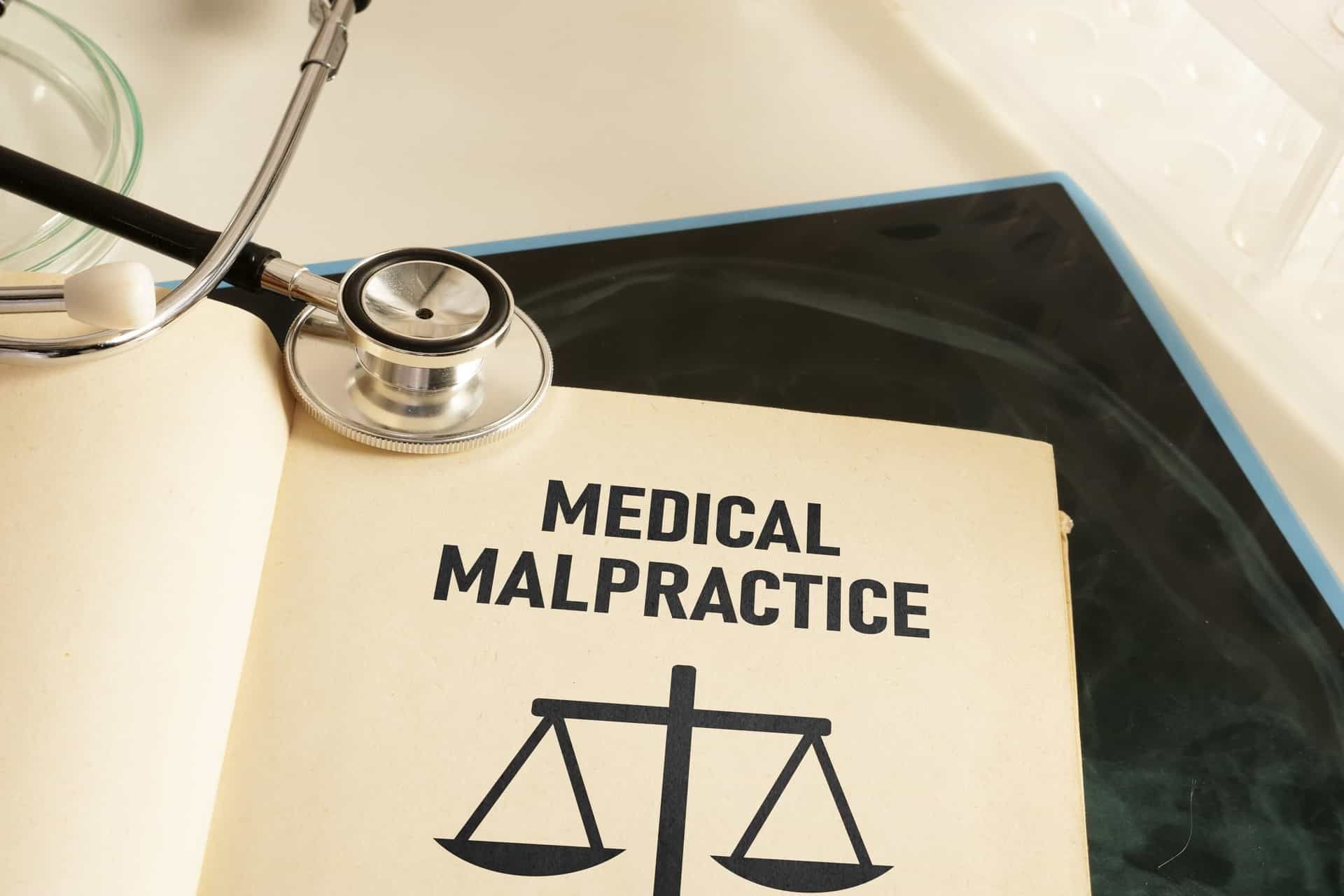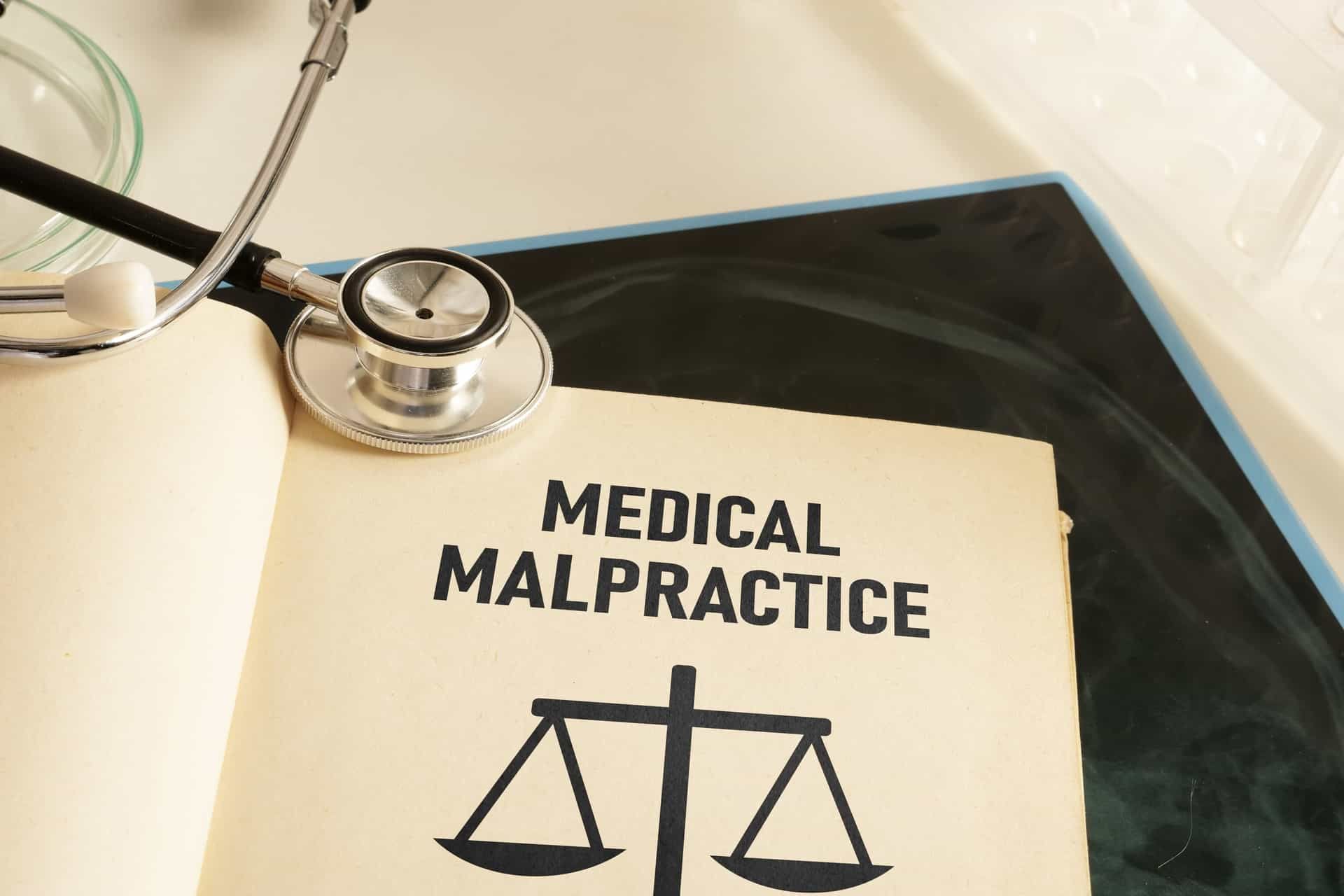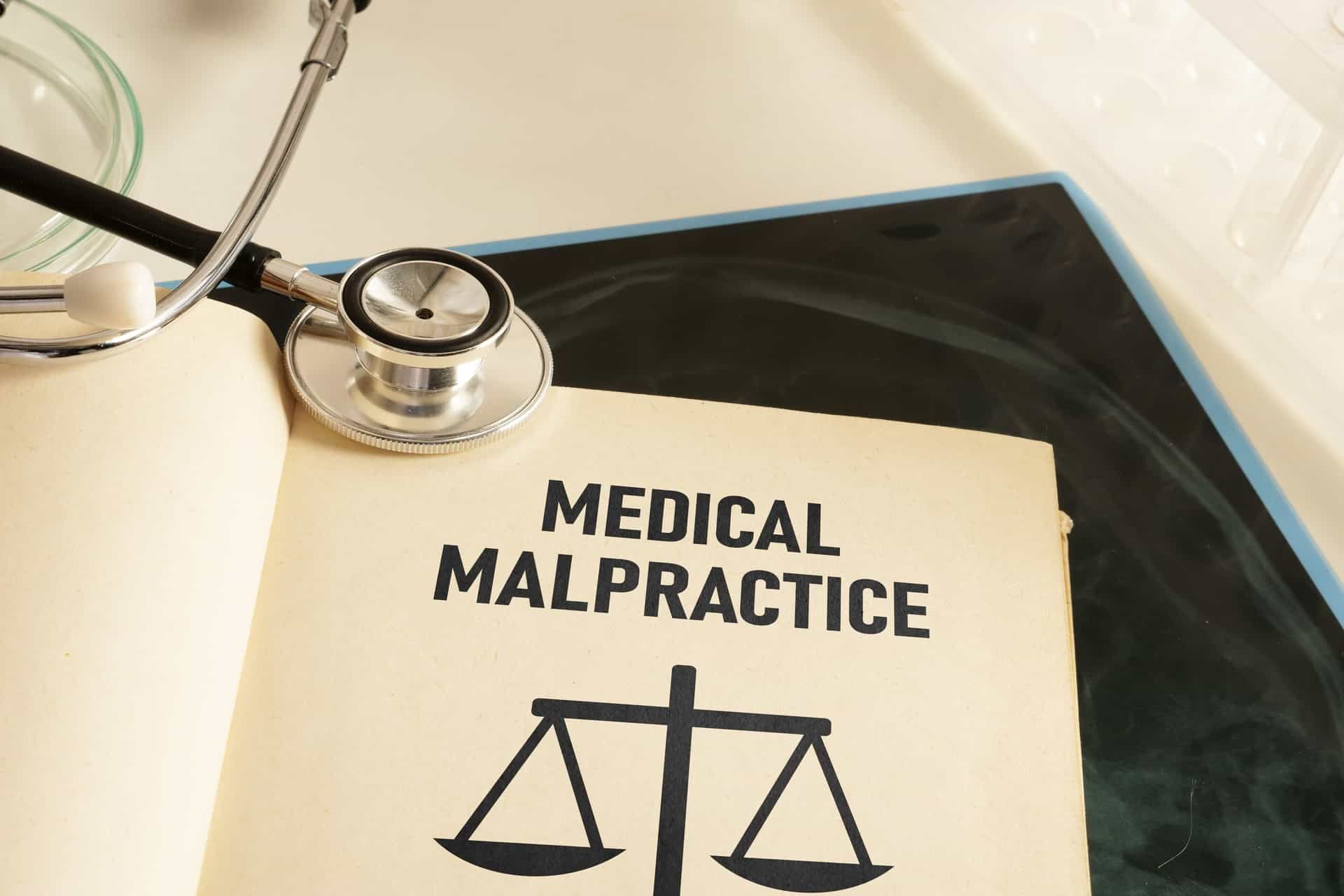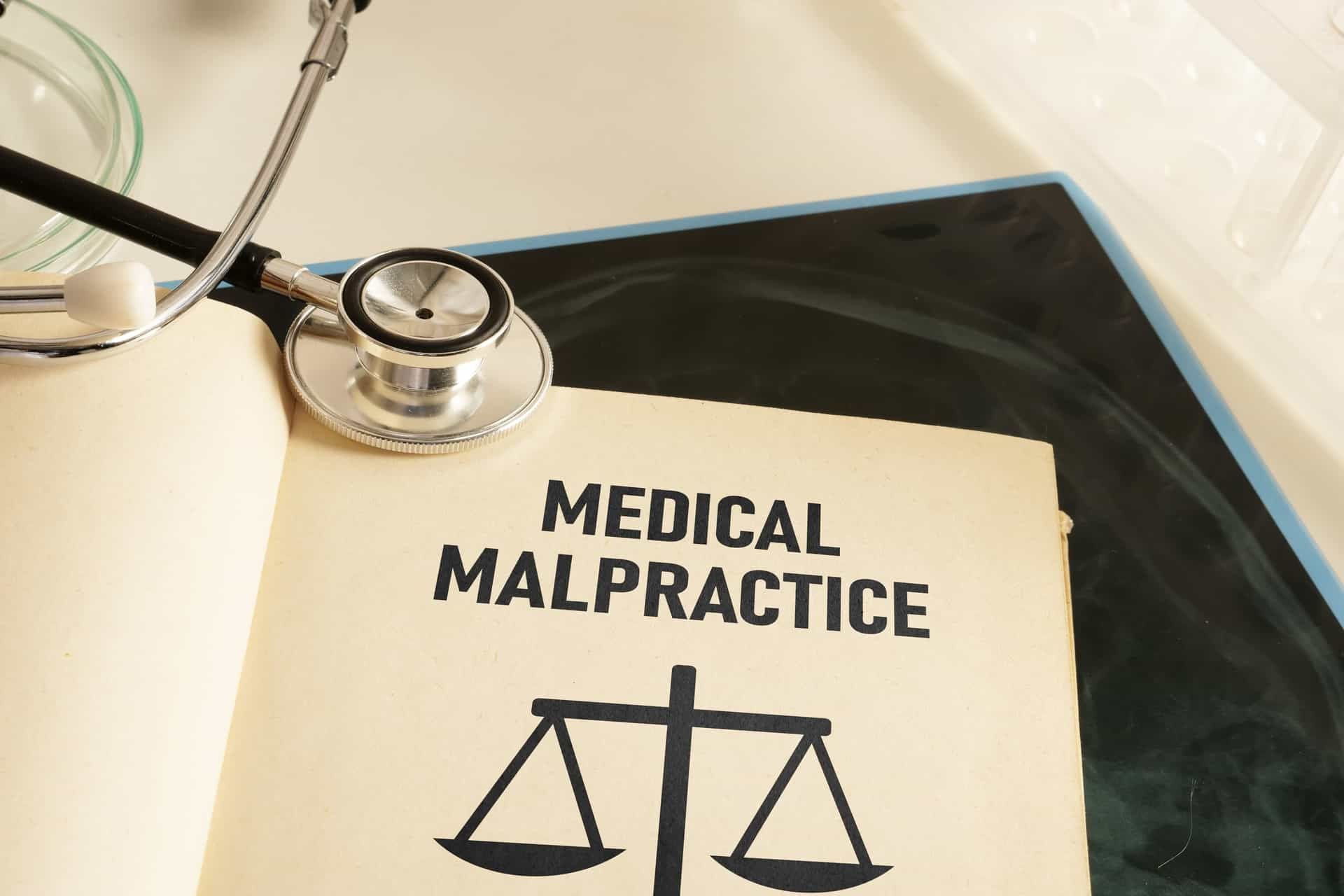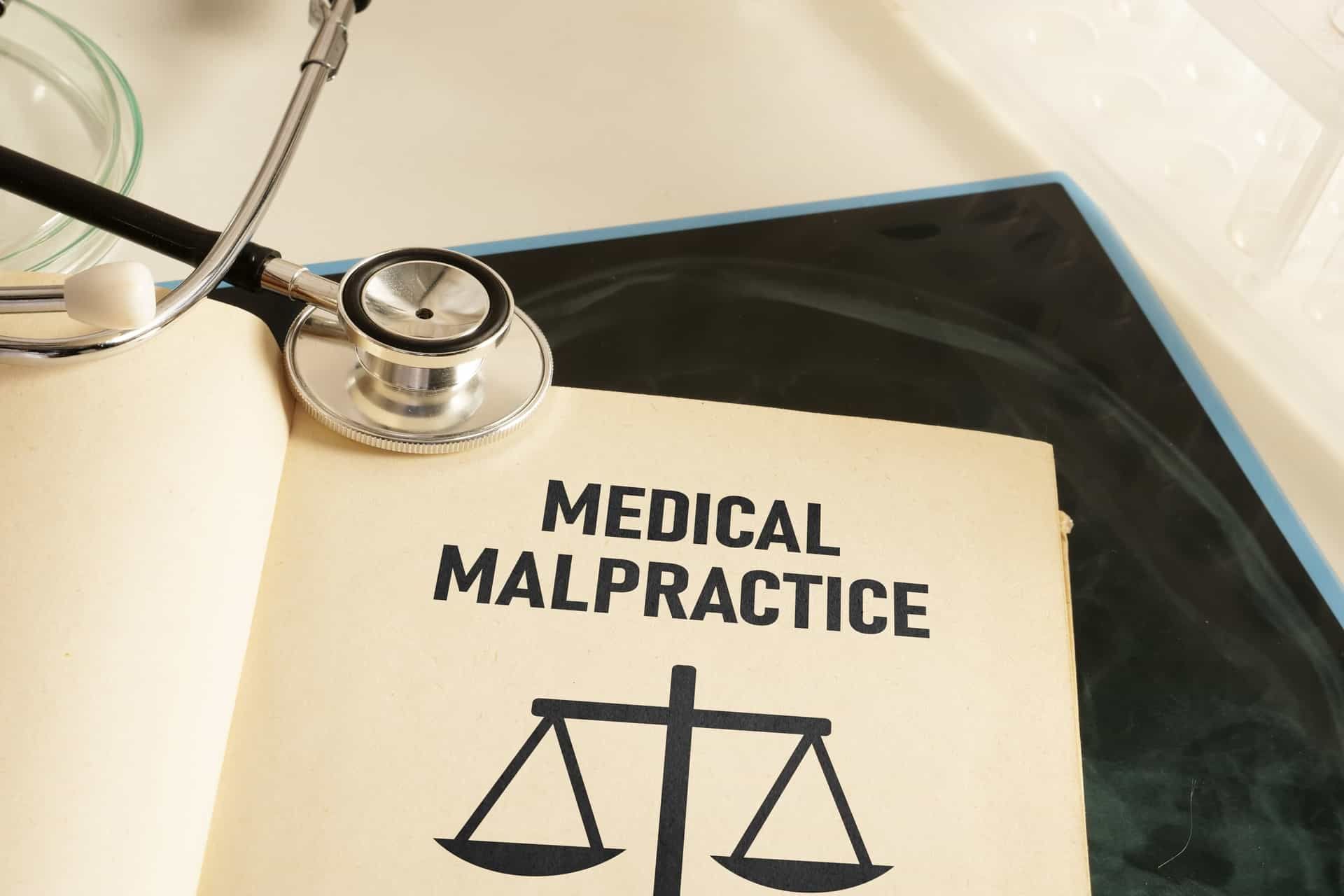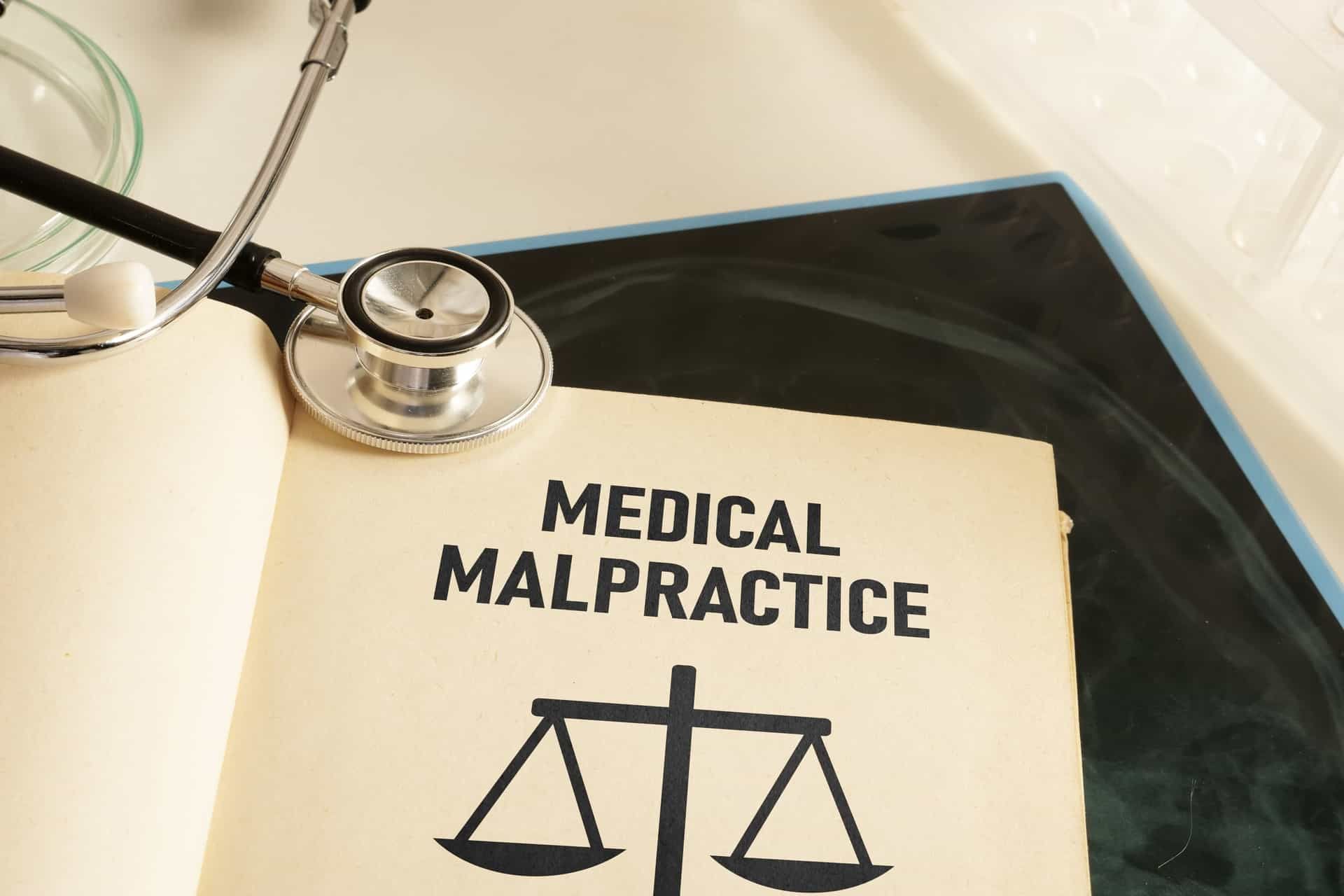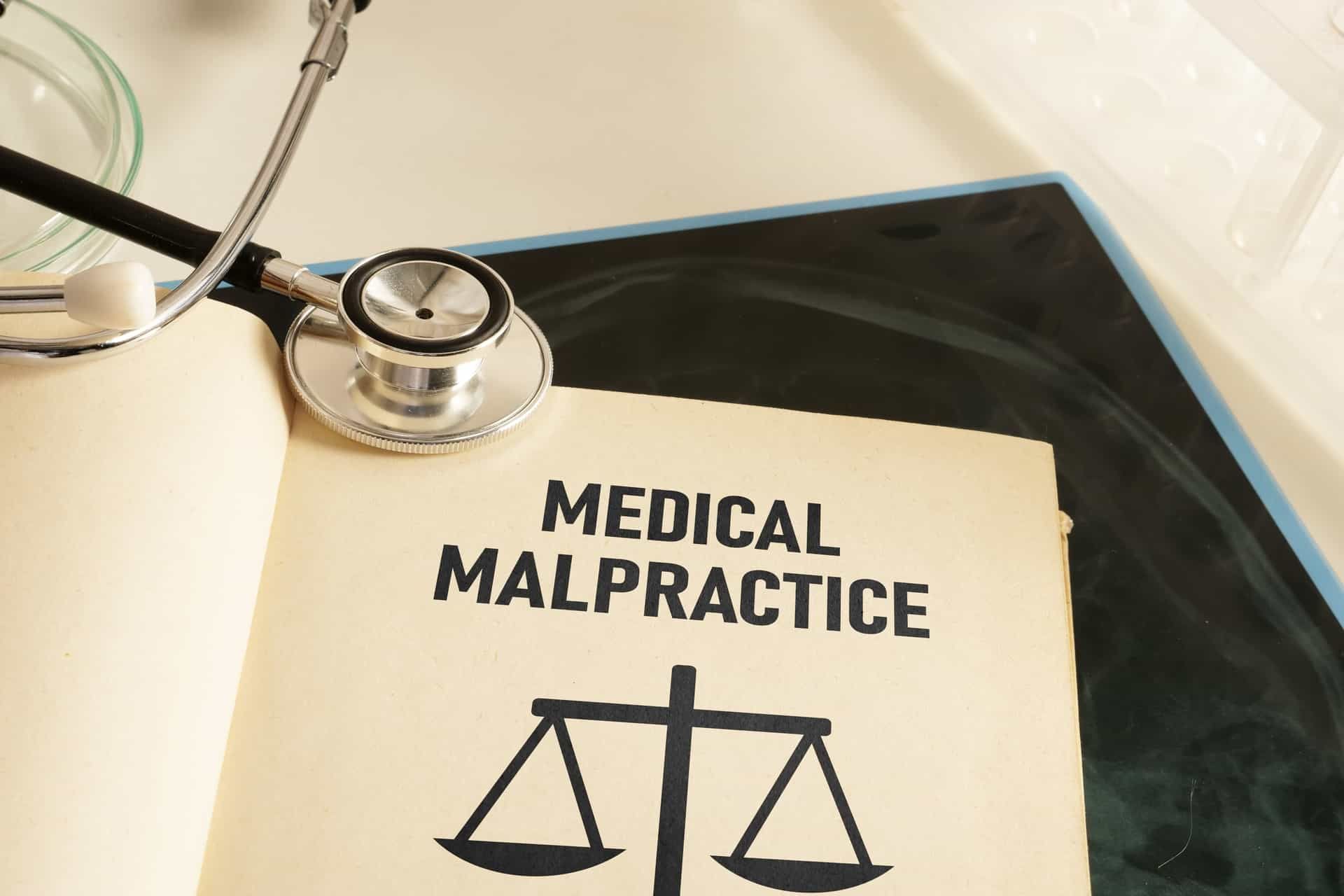Emergency Medicine Malpractice Insurance: Critical Protection for Emergency Healthcare Providers
Emergency medicine practitioners face some of the highest malpractice risks in healthcare. The fast-paced, high-pressure environment of emergency departments creates unique liability exposures that require specialized insurance protection. Emergency medicine malpractice insurance provides essential coverage for physicians, nurse practitioners, physician assistants, and other healthcare professionals working in emergency medical settings.
Understanding Emergency Medicine Malpractice Risks
Emergency medicine carries inherent risks that differ significantly from other medical specialties. Healthcare providers must make rapid decisions with limited patient history, often treating multiple critical cases simultaneously. Common malpractice claims in emergency medicine include:
Misdiagnosis or delayed diagnosis, particularly for conditions like heart attacks, strokes, appendicitis, and pulmonary embolisms. The pressure to quickly assess and treat patients can lead to diagnostic errors with serious consequences.
Medication errors represent another significant risk area. Emergency departments use high-risk medications, and the fast-paced environment increases the potential for dosing errors, drug interactions, or allergic reactions.
Procedural complications from emergency interventions such as intubations, central line placements, chest tube insertions, and emergency surgeries can result in malpractice claims if complications arise.
Failure to properly monitor patients or recognize deteriorating conditions can lead to adverse outcomes and subsequent legal action. Emergency departments must balance patient flow with adequate monitoring.
Communication failures between emergency staff, specialists, and patients or families can result in misunderstandings about treatment plans, discharge instructions, or follow-up care requirements.
Coverage Components of Emergency Medicine Malpractice Insurance
Professional liability coverage forms the foundation of emergency medicine malpractice insurance. This protects against claims alleging medical negligence, errors in treatment, or failure to meet the standard of care expected in emergency medicine practice.
Legal defense coverage provides immediate access to experienced medical malpractice attorneys who understand the complexities of emergency medicine cases. This includes coverage for legal fees, expert witness costs, court expenses, and settlement negotiations.
Consent and privacy coverage protects against claims related to informed consent issues or violations of patient privacy rights, which can be challenging to manage in emergency situations.
Locum tenens coverage extends protection when emergency physicians work temporary assignments at different facilities, ensuring continuous coverage regardless of practice location.
Telemedicine coverage has become increasingly important as emergency departments utilize remote consultation services and telehealth technologies for patient care and specialist consultations.
Factors Affecting Emergency Medicine Malpractice Insurance Costs
Practice setting significantly impacts insurance premiums. Hospital-employed emergency physicians may have different coverage needs than those working for staffing companies or independent contractor arrangements.
Geographic location affects malpractice insurance costs, with some states having higher claim frequencies and settlement amounts. Areas with tort reform may offer lower premiums.
Claims history plays a crucial role in determining premiums. Emergency physicians with previous malpractice claims may face higher rates or require specialized high-risk coverage.
Coverage limits selection impacts costs. Higher policy limits provide greater protection but result in increased premiums. Emergency medicine practitioners should carefully consider appropriate coverage levels.
Risk management participation can reduce premiums. Many insurers offer discounts for completing continuing education programs, risk management courses, or implementing safety protocols.
Selecting Emergency Medicine Malpractice Insurance
Carrier stability and financial strength ratings should be primary considerations. Emergency physicians need insurers with strong financial backing and experience handling complex medical malpractice claims.
Claims-made versus occurrence coverage represents an important decision. Claims-made policies cover claims reported during the policy period, while occurrence policies cover incidents that happen during the coverage period regardless of when claims are reported.
Tail coverage becomes critical when changing jobs or retiring. This extended reporting period coverage protects against claims filed after a claims-made policy expires.
Policy exclusions require careful review. Some policies may exclude certain procedures, practice settings, or activities common in emergency medicine.
Risk Management Strategies for Emergency Medicine
Documentation practices play a vital role in malpractice prevention. Emergency physicians should maintain detailed, accurate medical records that clearly document decision-making processes, patient interactions, and treatment rationales.
Communication protocols help prevent misunderstandings with patients, families, and healthcare team members. Clear communication about diagnoses, treatment plans, and discharge instructions reduces liability risks.
Continuing education ensures emergency physicians stay current with evolving standards of care, new treatment protocols, and best practices in emergency medicine.
Quality improvement participation demonstrates commitment to patient safety and can provide valuable risk management benefits while potentially reducing insurance costs.
Emergency Department-Specific Considerations
Staffing models affect malpractice coverage needs. Emergency physicians working as independent contractors, hospital employees, or through staffing companies may require different insurance arrangements.
Facility coverage coordination ensures proper alignment between individual physician coverage and hospital or facility policies to avoid coverage gaps.
Specialist consultation relationships require clear understanding of liability allocation when emergency physicians consult with specialists or transfer patient care.
Claims Management and Legal Support
Early claim notification procedures help ensure proper handling of potential malpractice situations. Emergency physicians should understand their insurer's reporting requirements and timelines.
Expert witness networks provided by malpractice insurers can be invaluable in defending emergency medicine cases, as these experts understand the unique challenges and standards of emergency practice.
Settlement authority and physician involvement in settlement decisions vary among insurers. Some policies require physician consent for settlements, while others allow insurer discretion.
Regulatory and Compliance Considerations
State licensing board protection may be included in comprehensive malpractice policies, providing coverage for licensing board investigations and disciplinary proceedings.
Hospital credentialing support helps emergency physicians maintain privileges and navigate credentialing challenges that may arise from malpractice claims.
NPDB reporting implications should be understood, as malpractice settlements and judgments may require reporting to the National Practitioner Data Bank.
Cost Management Strategies
Group purchasing through professional organizations or emergency medicine groups may provide access to better rates and coverage options.
Risk management credits and continuing education discounts can help reduce premium costs while improving patient care quality.
Deductible selection allows emergency physicians to balance out-of-pocket costs with premium savings, though high deductibles may not be appropriate for all practitioners.
Future Considerations in Emergency Medicine Malpractice
Technology integration including electronic health records, clinical decision support systems, and artificial intelligence tools may impact malpractice risks and coverage needs.
Telemedicine expansion requires careful consideration of coverage for remote consultations and virtual emergency care services.
Regulatory changes in healthcare delivery and emergency medicine practice may affect coverage requirements and risk profiles.
Conclusion
Emergency medicine malpractice insurance provides essential protection for healthcare providers working in high-risk, fast-paced emergency care environments. The unique challenges of emergency medicine require specialized coverage that addresses diagnostic pressures, procedural risks, and communication challenges inherent in emergency care.
Selecting appropriate coverage requires careful consideration of practice settings, coverage limits, carrier stability, and risk management features. Emergency physicians should work with experienced insurance professionals who understand the specific needs and challenges of emergency medicine practice.
Effective risk management, combined with comprehensive malpractice insurance, helps protect emergency medicine practitioners while ensuring they can continue providing critical healthcare services to patients in need of emergency care.


 0330 127 2333
0330 127 2333
